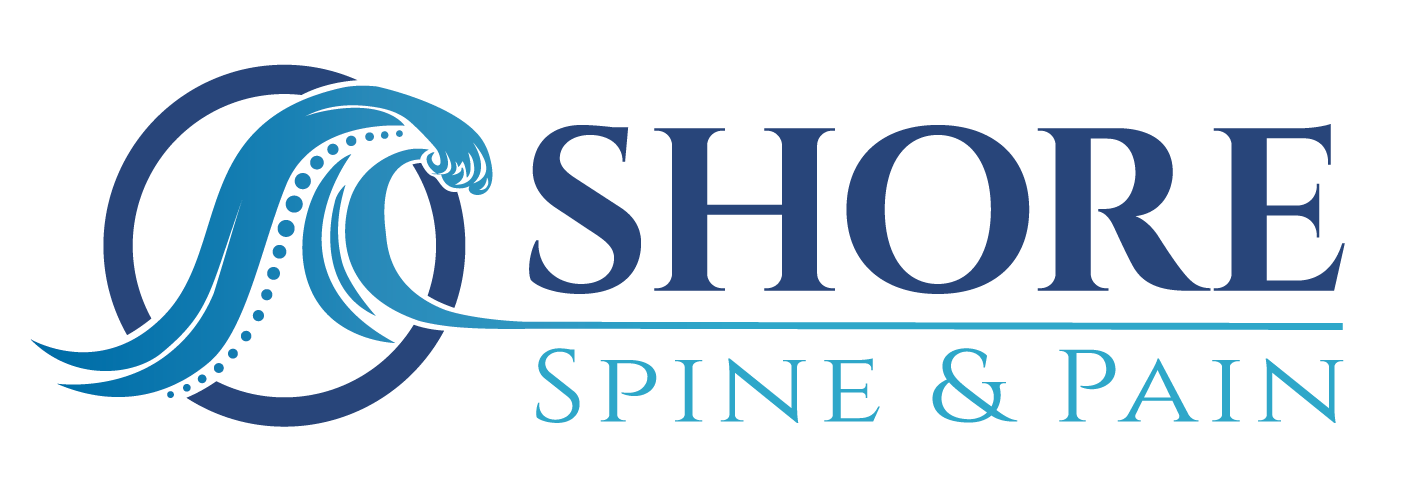Overview
Whiplash is a common neck injury. It happens when your neck jerks back and forth quickly and violently. Your spine bends past its normal range of motion. This can injure the vertebrae of your cervical spine. It can damage the supporting ligaments and muscles in your neck. This can also lead to what is known as Whiplash Headache. This is a chronic headache. It can develop after a whiplash injury (a violent back-and-forth jerking of the neck).
Causes
Whiplash is commonly caused by rear-end collision automobile accidents. It can be caused by the quick jerking of a rollercoaster ride. It can be caused by contact sports such as football.
The cause of post-whiplash headache is related to damaged joints or discs in your neck. It may result from inflammation of ligaments and soft tissues.
Symptoms
Whiplash can be very painful. You may feel pain and stiffness in your neck at the time of your injury, or it may begin days later. You may also have pain in your shoulders, back and arms. You may not be able to twist or bend your neck normally. You may have headaches and dizziness. Some people also experience complications with hearing, vision or memory. These can become chronic problems. You may develop this type of headache immediately after your injury, or it may develop later. Your headache may seem to start at the base of your skull and radiate up to your head. You may experience these headaches for years after your injury.
Video Overview
Treatment
Treatment options may include rest, medications and injections. You may benefit from a soft cervical collar. Physical therapy can also be an important part of your recovery. Interventional pain procedures including injecting medication directly into the facet joint can be very effective. In many cases, cervical medial branch blocks are used to numb the pain followed by a thermal radiofrequency ablation for more definitive relief.
Your healthcare provider can create a care plan that is right for your needs.
